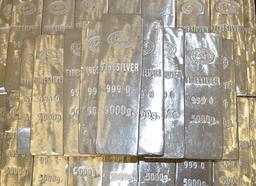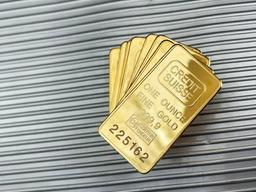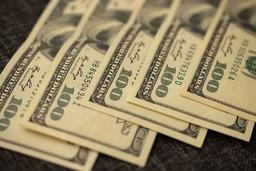Cost Accounting
-
A product’s life cycle includes stages such as research and development, design, procurement, production and distribution — which is why these stages must be accounted for throughout this process. -
A cost accounting system must balance physical and financial accounting because companies need to know how much they have spent on their products so they can decide what products to produce in the future. They also need an idea of what their products sell for so they can determine how much profit they have made based on sales figures. -
To calculate sales proceeds or gross sales revenue minus discounts, advertising fees, returns and other deductions from sales revenue — known as net sales — managers need to know how much they have spent on products before calculating profit margins. -
Additionally, companies must understand how much they have earned through their business activities so they can plan their finances wisely. -
A cost system should be comprehensive so that managers can make intelligent decisions about what to produce next based on an accurate understanding of current production expenses. Companies may choose not to collect data throughout all stages in a product’s life cycle if this is sufficient for capturing current expenses. Ultimately, however, accurate management depends on having a sound cost system that captures all necessary information about where money goes during business operations.





